Increased Investment in Infrastructure
The hydrogen fueling-station market in Russia is experiencing a surge in investment aimed at developing the necessary infrastructure. Government initiatives and private sector investments are projected to reach approximately $1 billion by 2027, facilitating the establishment of new fueling stations across major urban centers. This investment is crucial for enhancing accessibility and reliability of hydrogen as a fuel source. The expansion of infrastructure is expected to support the growing number of hydrogen-powered vehicles, which is anticipated to increase by 30% annually. As a result, The hydrogen fueling-station market is likely to witness significant growth. This growth is driven by the need for a robust network of fueling stations to meet the demands of consumers and businesses.
Environmental Regulations and Compliance
The hydrogen fueling-station market in Russia is significantly influenced by stringent environmental regulations aimed at reducing greenhouse gas emissions. The Russian government has set ambitious targets to decrease carbon emissions by 30% by 2030, which is likely to drive the adoption of hydrogen as a clean fuel alternative. Compliance with these regulations is pushing industries to explore hydrogen solutions, thereby increasing the demand for hydrogen fueling stations. The market is expected to grow as companies seek to align with environmental standards, potentially leading to a 25% increase in the number of fueling stations by 2028. This regulatory environment creates a favorable landscape for the hydrogen fueling-station market, encouraging investments and innovations in clean energy technologies.
Rising Consumer Awareness and Acceptance
Consumer awareness regarding the benefits of hydrogen as a clean energy source is on the rise in Russia. Educational campaigns and public demonstrations are contributing to a growing acceptance of hydrogen-powered vehicles. Surveys indicate that approximately 60% of consumers are now aware of hydrogen fuel technology and its environmental benefits. This shift in consumer perception is likely to drive demand for hydrogen fueling stations, as more individuals consider transitioning to hydrogen-powered vehicles. The hydrogen fueling-station market is expected to expand as public interest translates into increased vehicle sales, potentially leading to a 40% growth in fueling stations by 2030. This trend suggests a promising future for the market, as consumer preferences evolve towards sustainable transportation solutions.
Partnerships and Collaborations in the Industry
Strategic partnerships between government entities, private companies, and research institutions are emerging as a key driver for the hydrogen fueling-station market in Russia. Collaborative efforts are focused on developing innovative technologies and expanding the hydrogen infrastructure. Notably, partnerships between automotive manufacturers and energy companies are facilitating the establishment of new fueling stations, with projections indicating a potential increase of 20% in station numbers by 2029. These collaborations are essential for pooling resources and expertise, thereby accelerating the deployment of hydrogen fueling stations. The hydrogen fueling-station market is likely to benefit from these synergies, enhancing the overall ecosystem for hydrogen adoption in the transportation sector.
Technological Innovations in Storage and Distribution
Advancements in hydrogen storage and distribution technologies are playing a pivotal role in shaping the hydrogen fueling-station market in Russia. Innovations such as high-pressure storage tanks and efficient distribution systems are enhancing the feasibility of hydrogen as a fuel source. These technologies are expected to reduce costs associated with hydrogen production and distribution by up to 15%, making it more competitive with traditional fuels. As these innovations become more widespread, the hydrogen fueling-station market is likely to experience accelerated growth, with an estimated increase of 35% in station installations by 2030. This technological progress is crucial for ensuring the reliability and efficiency of hydrogen fueling stations, thereby supporting the broader adoption of hydrogen-powered vehicles.


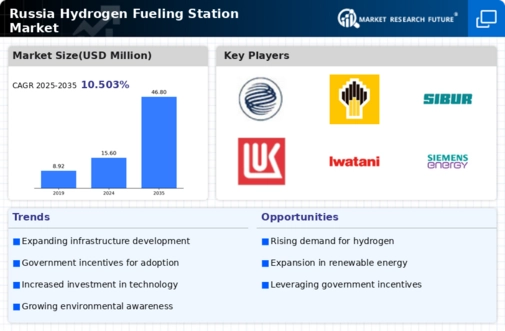

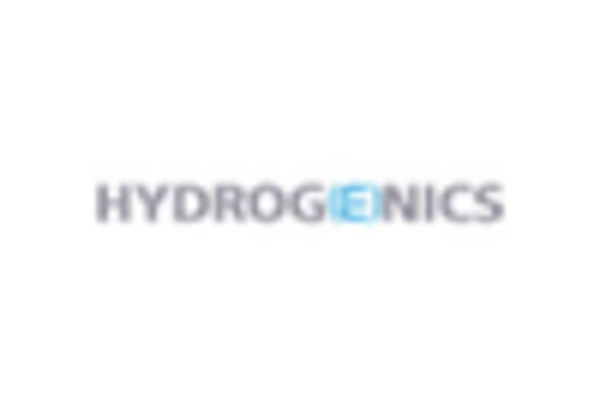
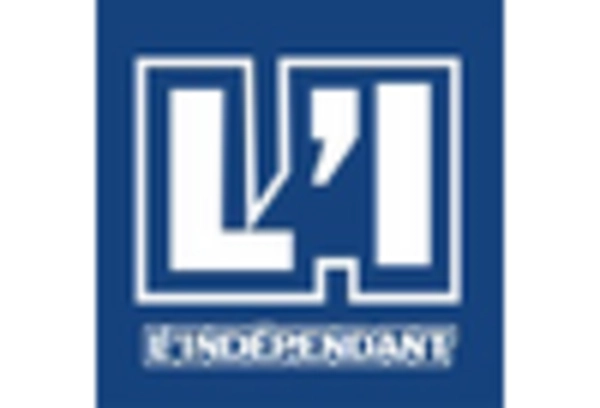
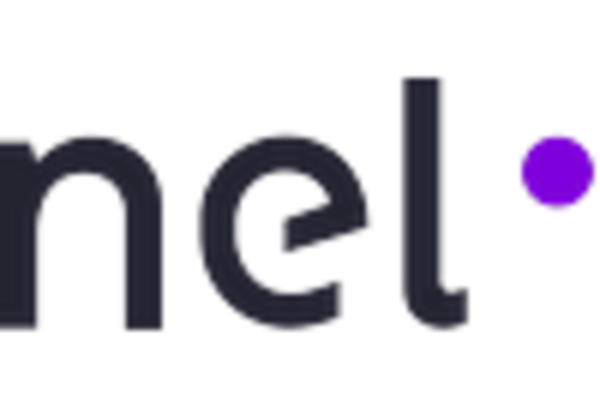
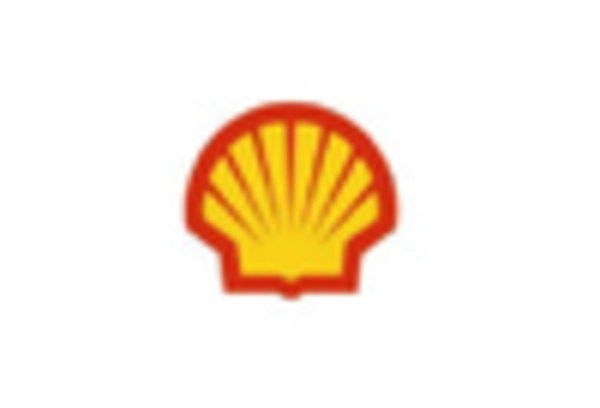
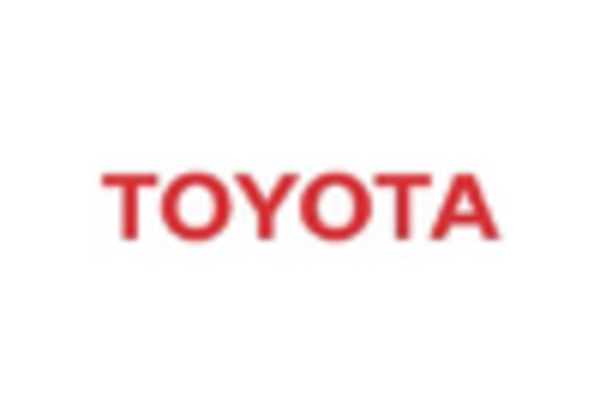








Leave a Comment